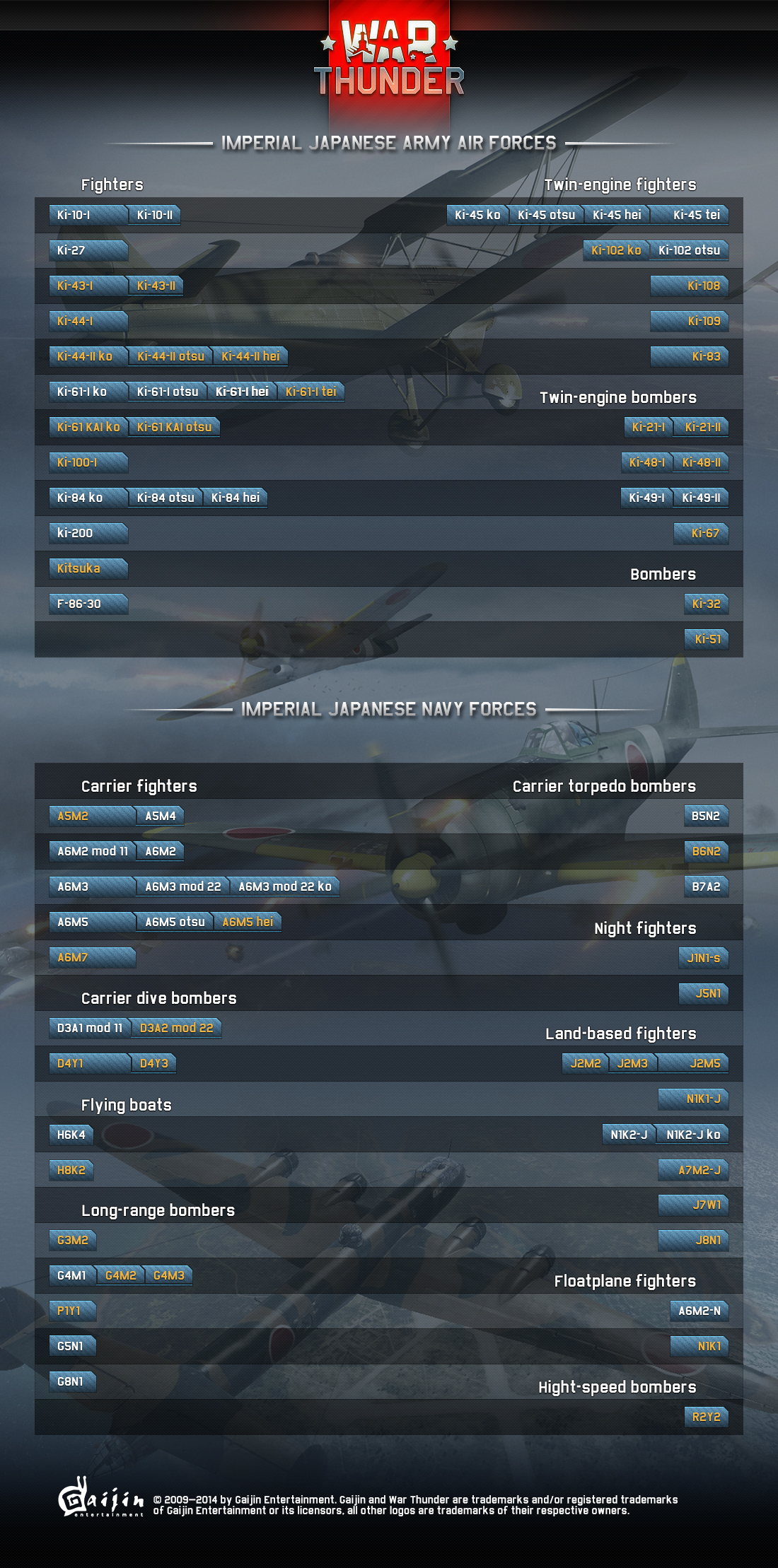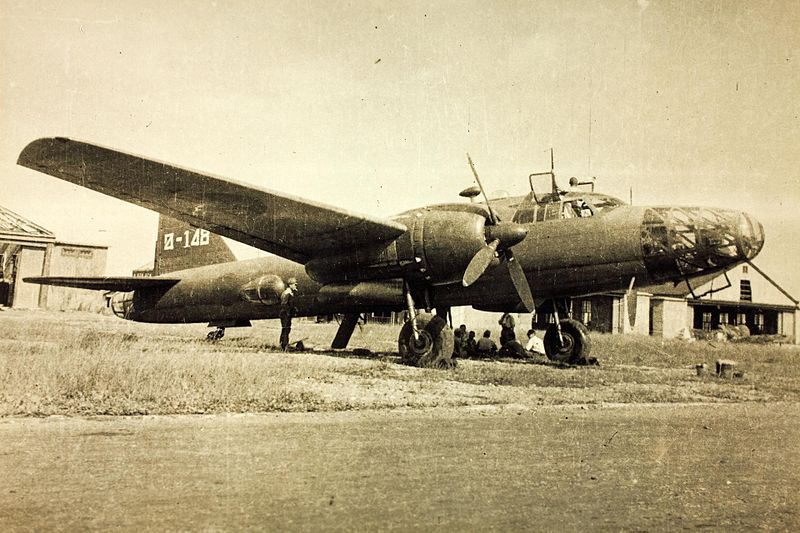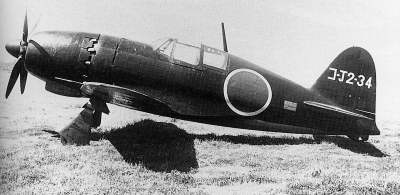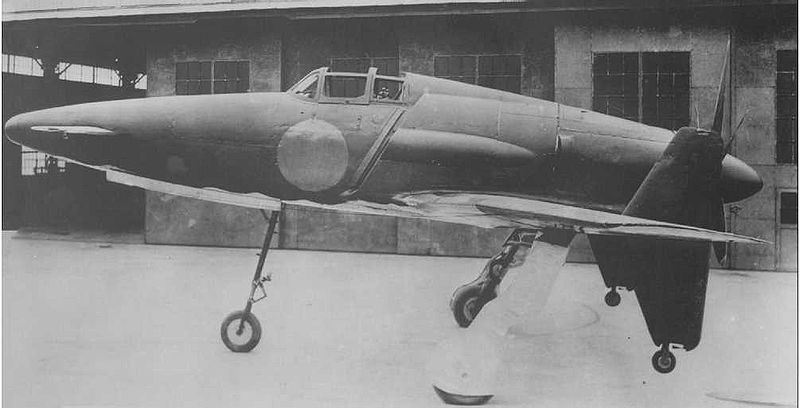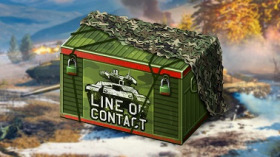
- For PC
- For MAC
- For Linux
- OS: Windows 10 (64 bit)
- Processor: Dual-Core 2.2 GHz
- Memory: 4GB
- Video Card: DirectX 11 level video card: AMD Radeon 77XX / NVIDIA GeForce GTX 660. The minimum supported resolution for the game is 720p.
- Network: Broadband Internet connection
- Hard Drive: 23.1 GB (Minimal client)
- OS: Windows 10/11 (64 bit)
- Processor: Intel Core i5 or Ryzen 5 3600 and better
- Memory: 16 GB and more
- Video Card: DirectX 11 level video card or higher and drivers: Nvidia GeForce 1060 and higher, Radeon RX 570 and higher
- Network: Broadband Internet connection
- Hard Drive: 75.9 GB (Full client)
- OS: Mac OS Big Sur 11.0 or newer
- Processor: Core i5, minimum 2.2GHz (Intel Xeon is not supported)
- Memory: 6 GB
- Video Card: Intel Iris Pro 5200 (Mac), or analog from AMD/Nvidia for Mac. Minimum supported resolution for the game is 720p with Metal support.
- Network: Broadband Internet connection
- Hard Drive: 22.1 GB (Minimal client)
- OS: Mac OS Big Sur 11.0 or newer
- Processor: Core i7 (Intel Xeon is not supported)
- Memory: 8 GB
- Video Card: Radeon Vega II or higher with Metal support.
- Network: Broadband Internet connection
- Hard Drive: 62.2 GB (Full client)
- OS: Most modern 64bit Linux distributions
- Processor: Dual-Core 2.4 GHz
- Memory: 4 GB
- Video Card: NVIDIA 660 with latest proprietary drivers (not older than 6 months) / similar AMD with latest proprietary drivers (not older than 6 months; the minimum supported resolution for the game is 720p) with Vulkan support.
- Network: Broadband Internet connection
- Hard Drive: 22.1 GB (Minimal client)
- OS: Ubuntu 20.04 64bit
- Processor: Intel Core i7
- Memory: 16 GB
- Video Card: NVIDIA 1060 with latest proprietary drivers (not older than 6 months) / similar AMD (Radeon RX 570) with latest proprietary drivers (not older than 6 months) with Vulkan support.
- Network: Broadband Internet connection
- Hard Drive: 62.2 GB (Full client)
Pilots and tankers!
For the next part of our sneak peek at incoming reinforcements for development in War Thunder, here is our current vision to further enhance the National trees in the game. We will be highlighting the most noteworthy models not yet introduced and today we present to you our vision (not final) for Japanese aircraft.
Click to zoom
Ki-67
The Mitsubishi Ki-67 was a Japanese heavy bomber successfully used by both the Imperial Army and Navy. The aircraft was designed to replace the obsolescent Ki-49. Preparing for the possible armed conflict with the Soviet Union, the Japanese Army requested an aircraft that had long range capabilities and was durable. However, the main feature of the Ki-67 was it's manoeuvrability at low speed and in high speed dives. The agility of this heavy bomber was so exceptional that it became the basis for the Ki-109 night fighter.
The Ki-67 was used as a long-range bomber, dive bomber, anti-submarine aircraft, ground attacker (equipped with additional cannons angled towards the ground) and as a kamikaze aircraft.
J2M Raiden
The J2M Raiden (Allied codename “Jack”) was created as an answer to the growing threat of the American bombing raids in the Pacific. Among the advantages of the new interceptor were its high service ceiling, decent climb rate and the armament of up to six 20mm cannons; however it was not enough for the new aircraft to gain competitive edge over the American bombers, especially the new B-29 Superfortress.
J7W
Another desperate attempt to protect the mainland Japan from the devastating B-29 attacks was the development of the J7W interceptor. The unusual canard design (i.e. with back-to-front stabilizers and pusher propeller as opposed to tractor configuration) was chosen to retrofit the upcoming gas turbine engine in the future. If the J7W ever reached mass production, it would be a major threat for the American bombers, considering the aircraft’s impressive armament consisting of four 30mm cannons and high agility typical for Japanese fighters.
H8K
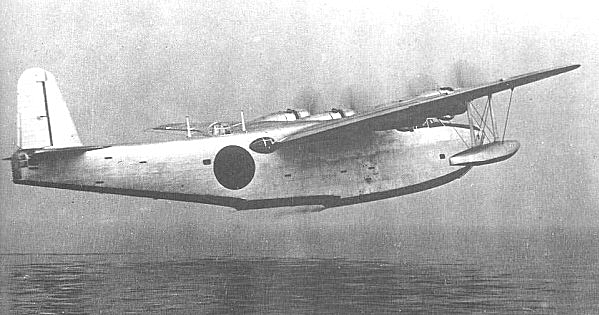 The Kawanishi H8K was a further development of the H6K flying boat design that improved all of the predecessor’s main parameters. The aircraft’s effective range reached 7,150 km (4440 miles), which allowed two H8K’s to perform in the second raid on Pearl Harbor - the longest distance two-aircraft bombing mission ever, that involved halfway refuelling by submarine. The plane’s maximum speed rose to 465 km/h (290 mph) - a remarkable achievement, considering the limitations that flying boat concept imposes on aerodynamic qualities of the aircraft. H8K’s defensive armament consisting of 5 MGs and 5 20mm cannons is also worth mentioning.
The Kawanishi H8K was a further development of the H6K flying boat design that improved all of the predecessor’s main parameters. The aircraft’s effective range reached 7,150 km (4440 miles), which allowed two H8K’s to perform in the second raid on Pearl Harbor - the longest distance two-aircraft bombing mission ever, that involved halfway refuelling by submarine. The plane’s maximum speed rose to 465 km/h (290 mph) - a remarkable achievement, considering the limitations that flying boat concept imposes on aerodynamic qualities of the aircraft. H8K’s defensive armament consisting of 5 MGs and 5 20mm cannons is also worth mentioning.
Stay tuned for the Soviet aircraft tree next Wednesday!
Join the discussion about the future of the Japanese aircraft tree here!
The War Thunder team
